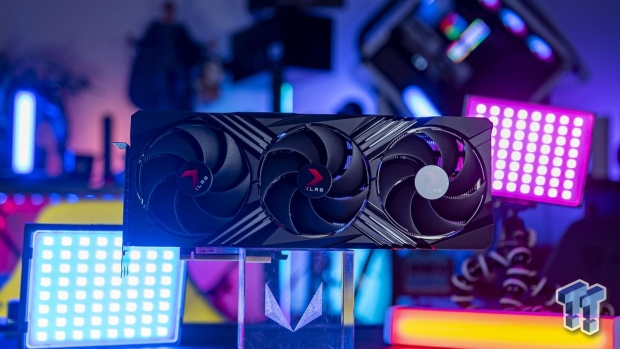
The Bottom Line
Pros
- Not-so-bling design, still look great
- $829 pricing, just a $30 premium
- Yet one of the fastest GeForce RTX 4070 Ti cards out of the box
- Uses 100W+ less power than Radeon RX 7900 series GPUs
- Ray tracing and DLSS 3 dominance
Cons
- No DisplayPort 2.1 connectivity... why!
Should you buy it?
AvoidConsiderShortlistBuyIntroduction
In the 12.5+ years that I've worked for TweakTown, I've never had a PNY graphics card to review... but that changes today with my review on the PNY GeForce RTX 4070 Ti 16GB XLR8 Gaming VERTO EPIC-X RGB graphics card, and what a surprise it is.
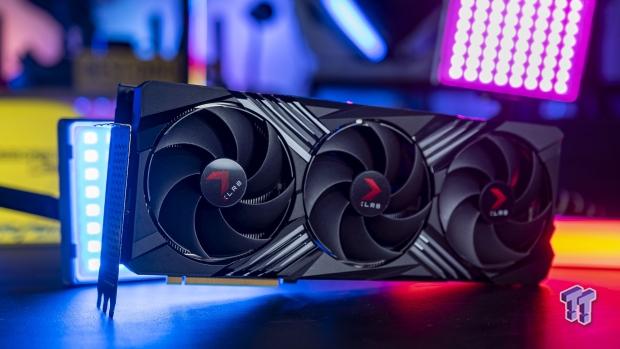
PNY's new custom GeForce RTX 4070 Ti 16GB XLR8 Gaming VERTO EPIC-X RGB graphics card is now the fourth GeForce RTX 4070 Ti that I've looked at so far, and it is by far the most surprising. It has a more not-so-outlandish look and style compared to the likes of MSI's new GeForce RTX 4070 Ti SUPRIM X or the Iron Man-inspired COLORFUL iGame GeForce RTX 4070 Ti Advanced OC-V, but it packs a punch.
The new PNY GeForce RTX 4070 Ti 16GB XLR8 Gaming VERTO EPIC-X RGB graphics card rolls out with a triple-fan design, and RGB lighting -- at least on the model I'm reviewing -- but surprisingly, it is the fastest of the four custom GeForce RTX 4070 Ti cards I've reviewed so far.
PNY has a trio of custom GeForce RTX 4070 Ti graphics cards launching today, with the plain LED version starting at $799, the ARGB Standard version for $799 also, while the card we're looking at today -- the ARGB OC version -- costing $829. This isn't bad, considering the starting MSRP from NVIDIA for the GeForce RTX 4070 Ti is $799.

PNY GeForce RTX 4070 Ti 12GB XLR8 Gaming Verto Epic-X RGB (VCG4070T12TFXXPB1-O)
Ada Lovelace
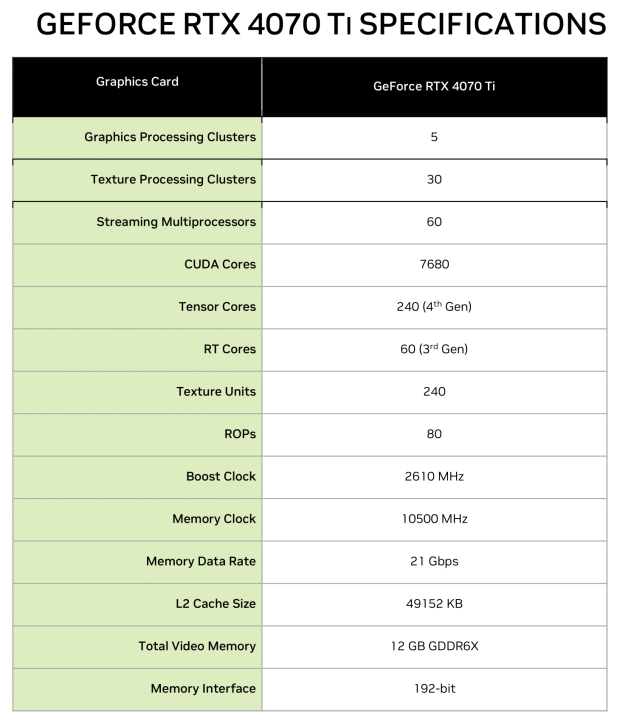
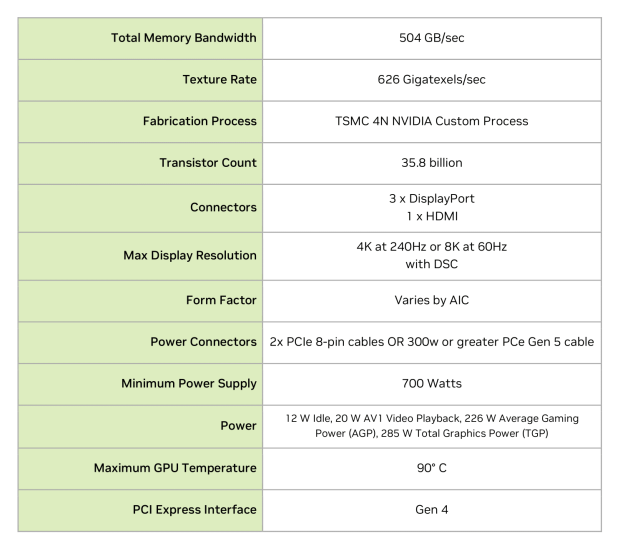
Detailed Look
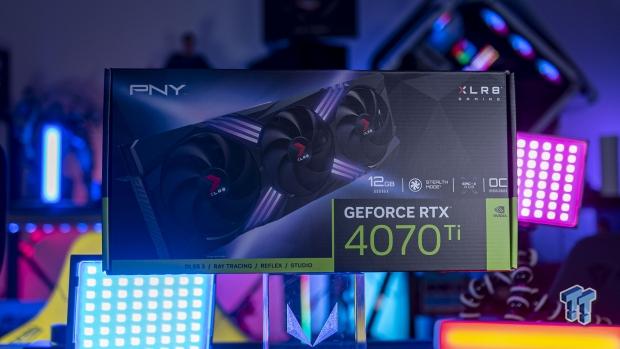
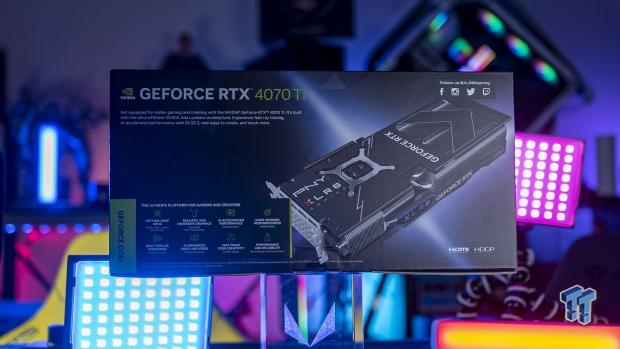
PNY keeps it simple with the retail packaging of its GeForce RTX 4070 Ti 16GB XLR8 Gaming VERTO EPIC-X RGB graphics card, with the company noting its "Stealth Mode" technology, EPIC-X RGB lighting, and that this is the overclocked (OC) variant of the card.
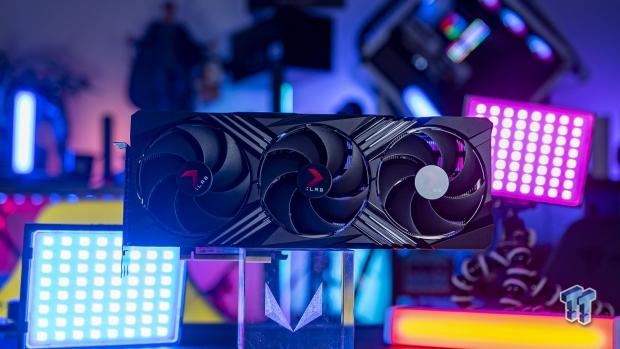
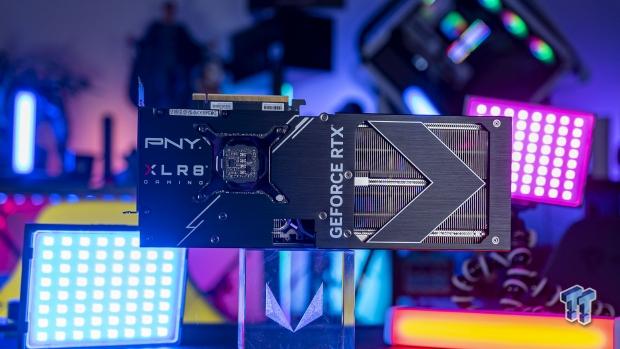
From the front the PNY GeForce RTX 4070 Ti 16GB XLR8 Gaming VERTO EPIC-X RGB graphics card has a more simple design against something like MSI's new premium -- and more expensive -- GeForce RTX 4070 Ti SUPRIM X. That doesn't mean it looks bad, I actually kinda like the more simple design: a triple fan cooler that does a great job of keeping things cool, and RGB lighting so it's not-so-boring.
There's also a backplate here that expels heat through the back of the card.
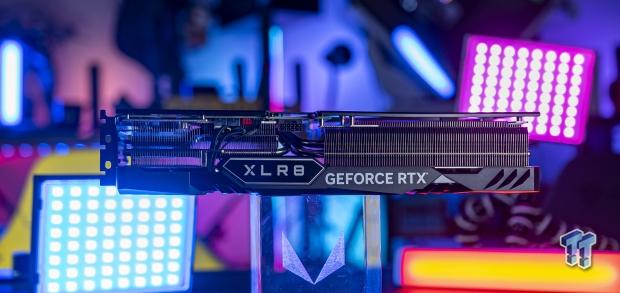
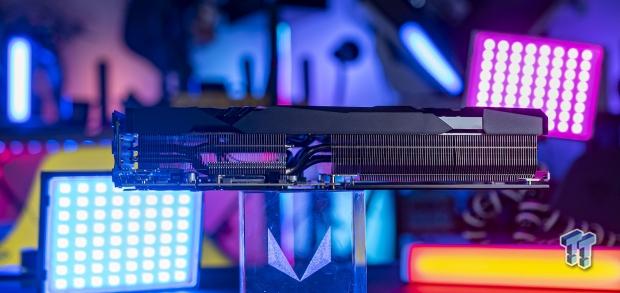
It comes in a little bit bigger than a dual-slot card, making it thinner than the more premium MSI GeForce RTX 4070 Ti SUPRIM X, another win for PNY here. It's also not a chunky heavy card, either.
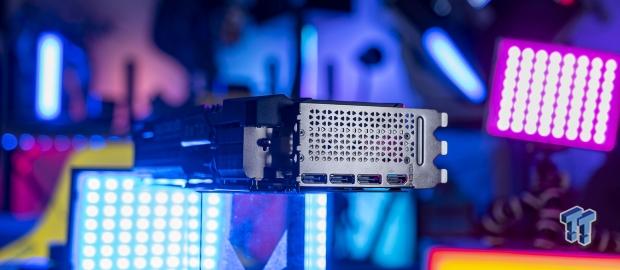
PNY deploys the regular display connectivity with GeForce RTX 4070 Ti cards -- in exception to ASUS that provides an additional HDMI 2.1 port on its ROG Strix and TUF Gaming RTX 4070 Ti offerings -- with 3 x DisplayPort 1.4 connectors and a single HDMI 2.1 port.
Test System Specs
I've recently upgraded my major GPU test bed for 2022, but I will be upgrading again soon, now that Intel has launched its new 13th Gen Core "Raptor Lake" CPUs and Z790 motherboards, and AMD with its new Ryzen 7000 series "Zen 4" CPUs and X670E motherboards.
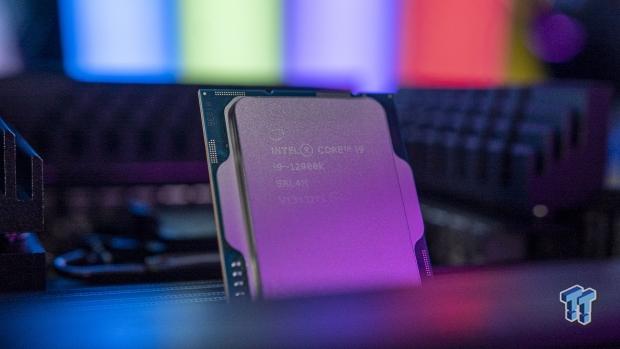
The new upgrades include the shift to the Intel Core i9-12900K processor, ASUS ROG Maximus Z690 Extreme motherboard, 64GB of Sabrent Rocket DDR5-4800 memory, and 8TB of Sabrent Rocket 4 Plus PCIe 4.0 M.2 SSD goodness. Intel's flagship Core i9-12900K is a beast, with the Alder Lake CPU packing 8 Performance cores (P-cores) and 8 Efficient cores (E-cores) at up to 5.2GHz.
Motherboard: ASUS ROG Maximus Z690 Extreme
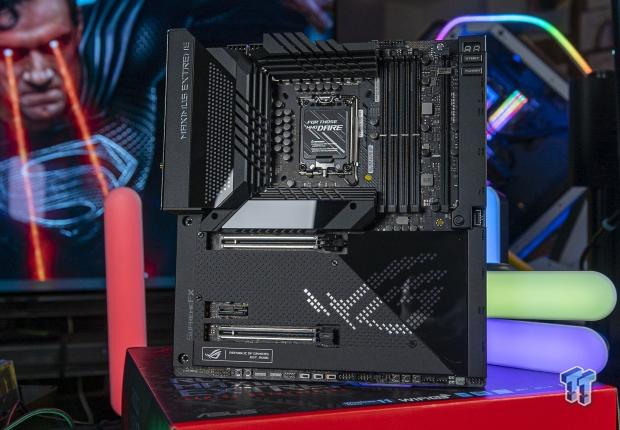
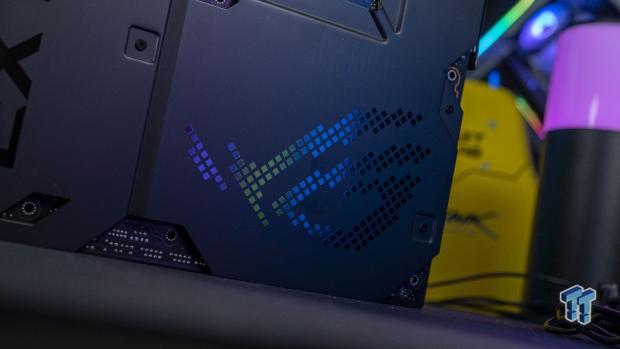
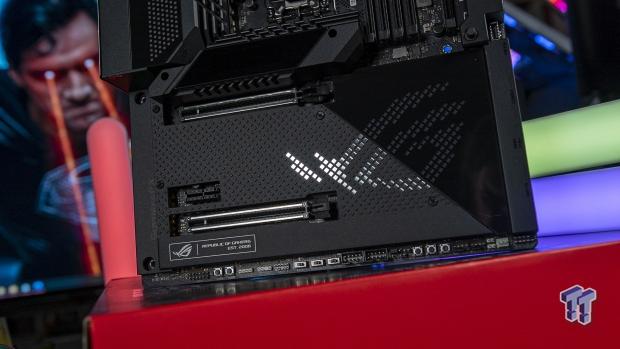
I've got that installed into the bigger-than-life ASUS ROG Maximus Z690 Extreme motherboard, which is absolutely loaded to the brim with technologies and features that it houses everything you need. We're talking about one of the best-looking designs on a motherboard yet, PCIe 5.0 support, enthusiast-grade 10GbE networking, and oh-so-much more.
RAM: 64GB Sabrent Rocket DDR5-4800
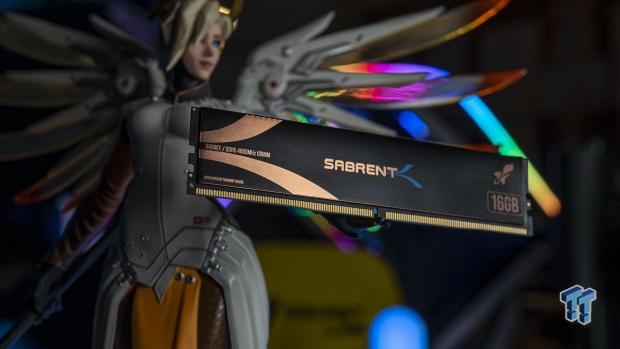

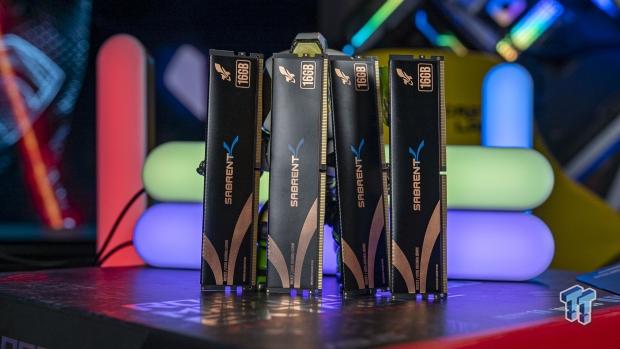
Sabrent helped out in a huge way by sending over 64GB of DDR5-4800 memory in the form of 4 x 16GB DDR5-4800 modules of its new Sabrent Rocket DDR5 memory. The company also helped out in an even bigger way, supplying us with a gigantic and super-fast 8TB model of its Sabrent Rocket 4 Plus PCIe 4.0 NVMe M.2 SSD.
SSD: 8TB Sabrent Rocket 4 Plus M.2
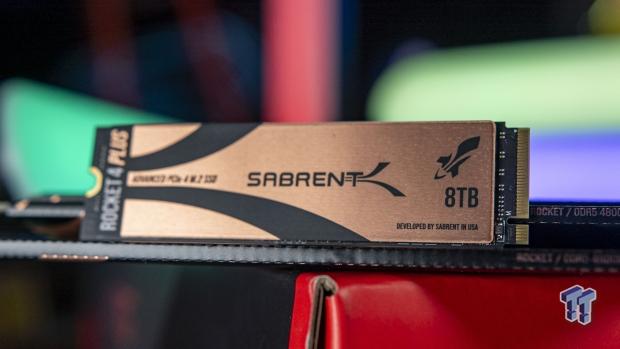
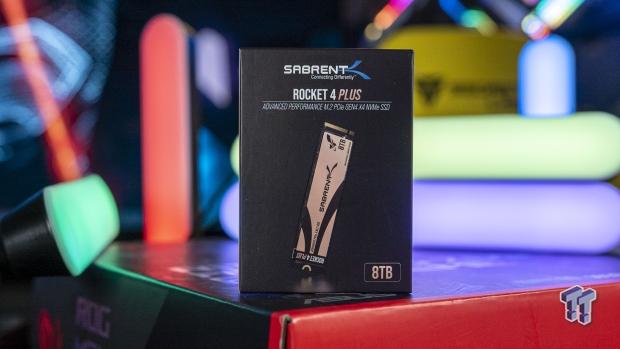
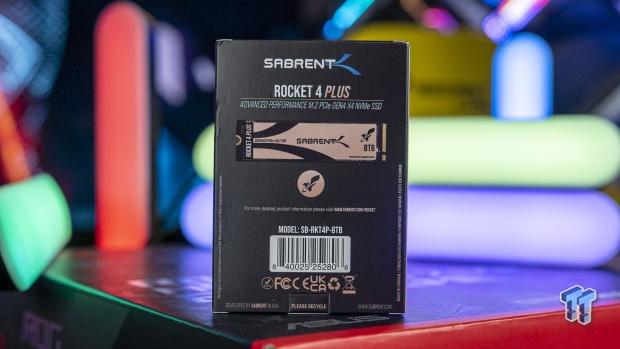
We're talking about 7.5GB/sec+ (7500MB/sec) from a single M.2 SSD, along with a gigantic 8TB of capacity. The 2TB drives aren't big enough for all of our game installs for GPU testing... the 4TB is much better, but the 8TB gives us room to move into 2023 without worrying about installing multiple games that are 200GB+ in size.
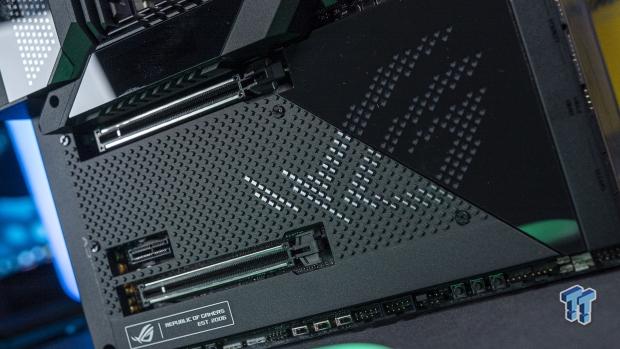



Some glory shots, of course.
Displays: ASUS ROG Strix 43-inch 4K 120Hz
ASUS has been a tight partner of TweakTown for many years, with the fine folks at ASUS Australia sending over their ROG Strix XG438Q and ROG Swift PG43UQ gaming monitors for our GPU test benches. They're both capable of 4K 120Hz+ through their DisplayPort 1.4 connectivity.
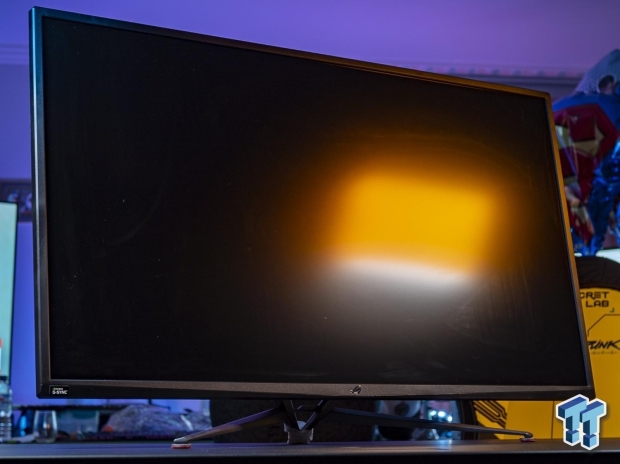
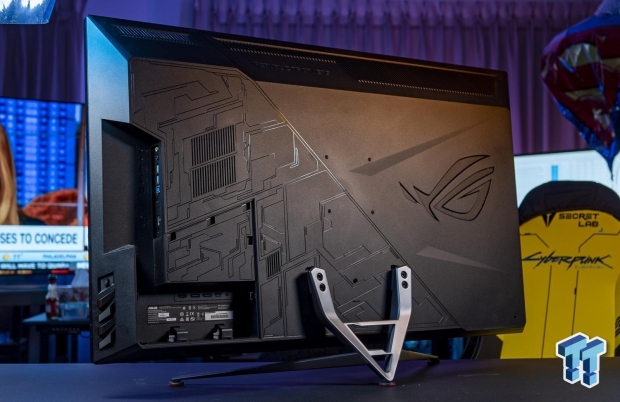
I will be upgrading these in the near future, over to some DisplayPort 2.0-capable panels and some new HDMI 2.1-enabled 4K 165Hz panels in OLED form of course...given that next-gen GPUs are right around the corner, there has been no better time to upgrade your display or TV.
I've been working on this system for a while now, but now we're stretching its legs with the newly-released PC port of Marvel's Spider-Man Remastered. Not just in 1080p or 1440p, not even in just 4K... but at 8K with a native resolution of 7680 x 4320. I've run through some of the very fastest GPU silicon on the planet.
- CPU: Intel Core i9-12900K (buy from Amazon)
- Motherboard: ASUS ROG Maximus Z690 Extreme (buy from Amazon)
- Cooler: CORSAIR iCUE H150i ELITE LCD Display (buy from Amazon)
- RAM: Sabrent Rocket 64GB DDR5-4800 (4 x 16GB) (F4-3600C18Q-32GTZN) (buy from Amazon)
- SSD: Sabrent 8TB Rocket 4 Plus PCIe 4.0 NVMe M.2 SSD (buy from Amazon)
- PSU: MSI MPG A1000G Gaming Power Supply 1000W (buy from Amazon)
- Case: InWin X-Frame 2.0
- OS: Microsoft Windows 11 Pro x64 (buy from Amazon)
- Display: ASUS ROG Swift PG43UQ (4K 120Hz) (buy from Amazon)
Benchmarks - Synthetic
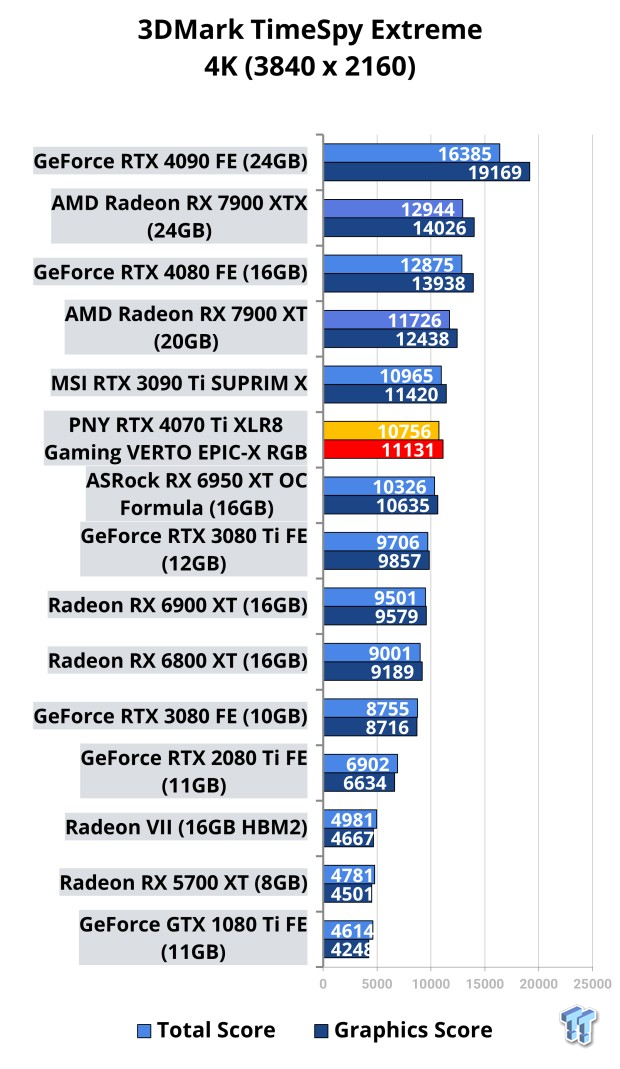
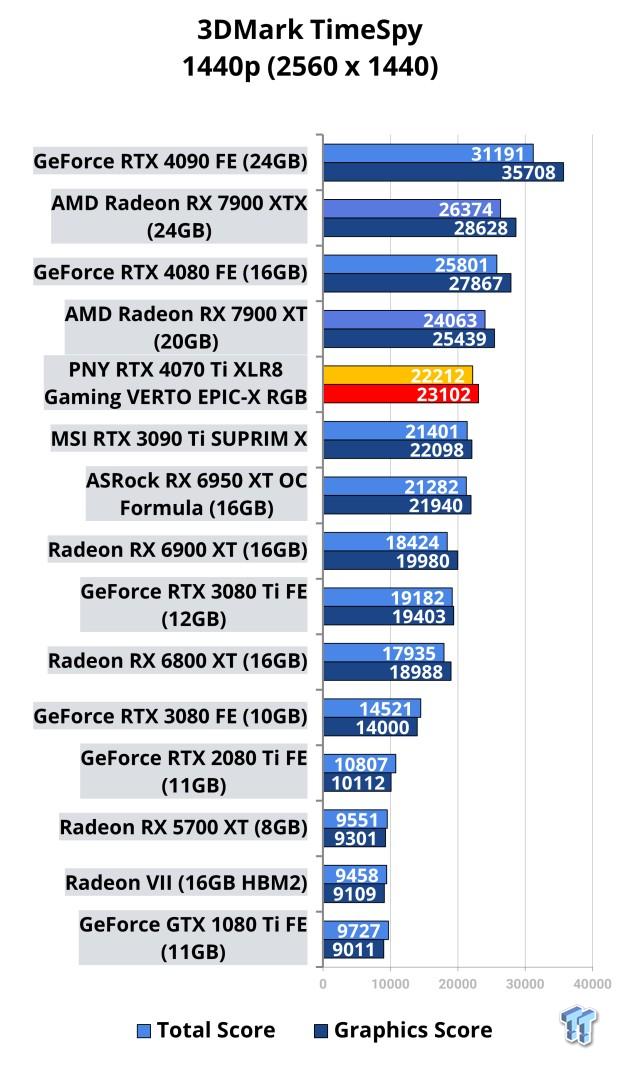

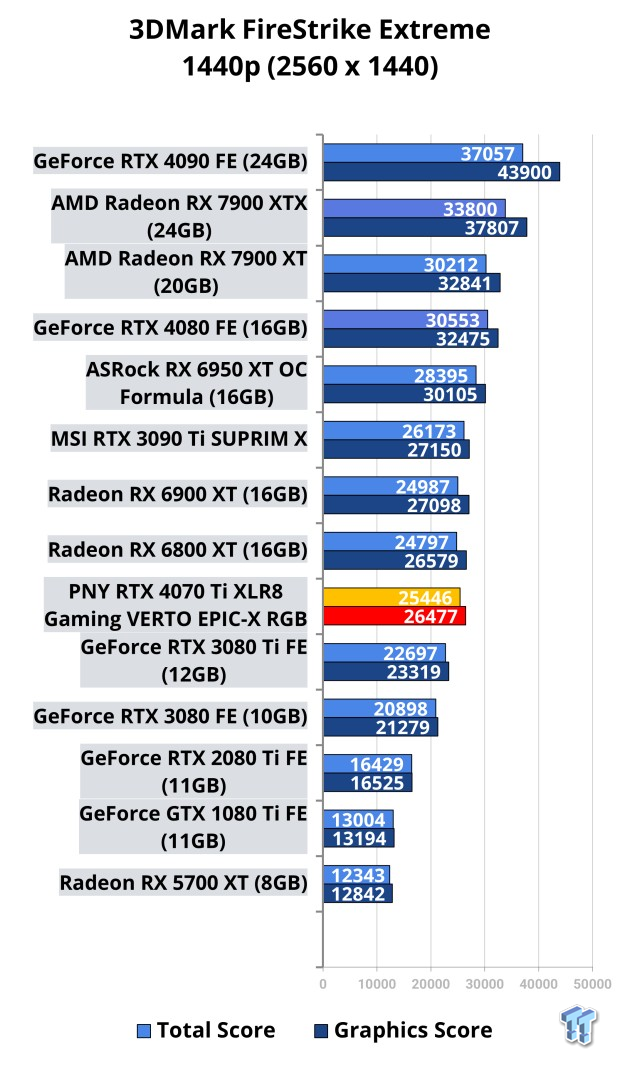

Benchmarks - 1080p
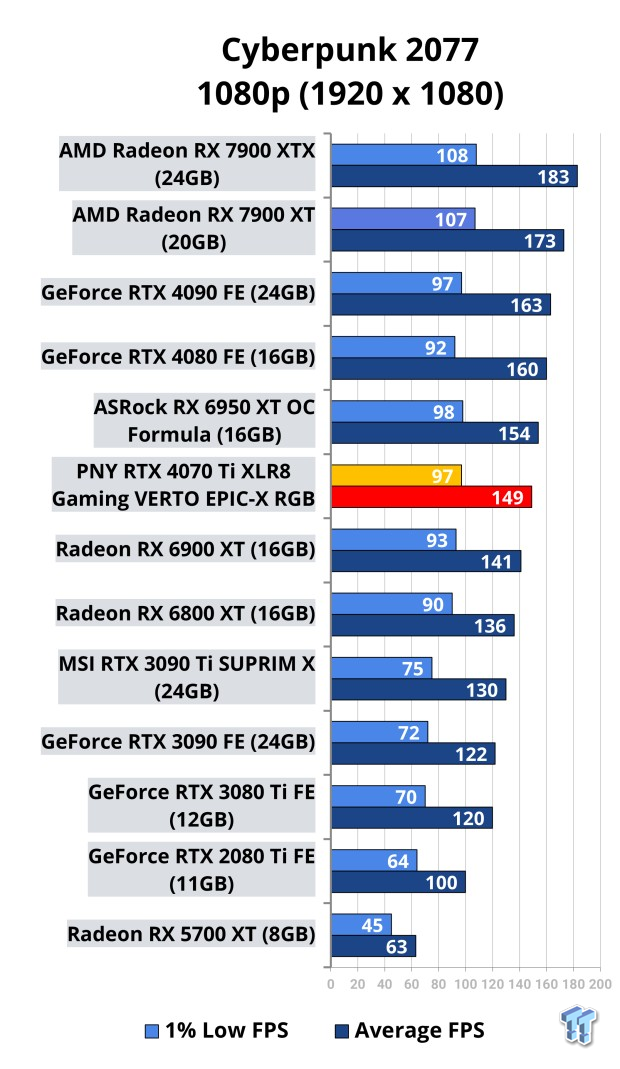
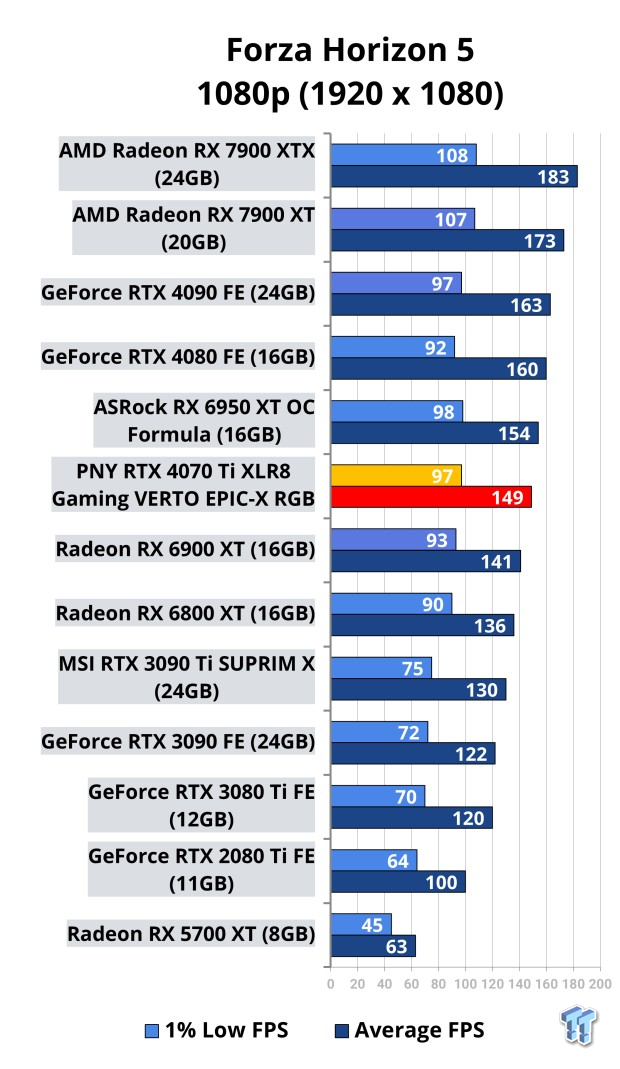
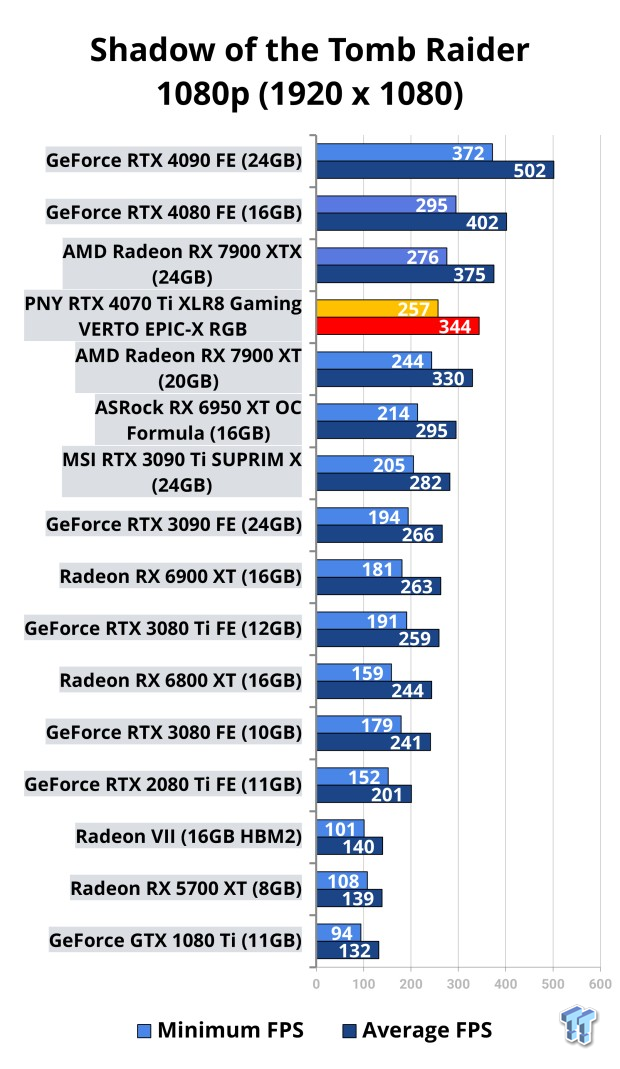
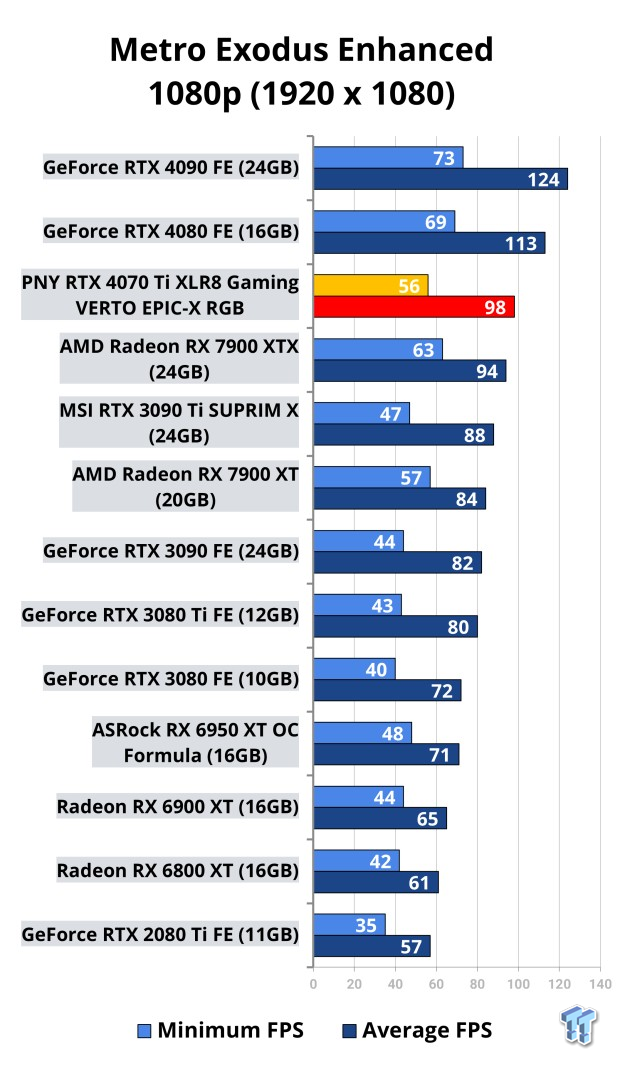
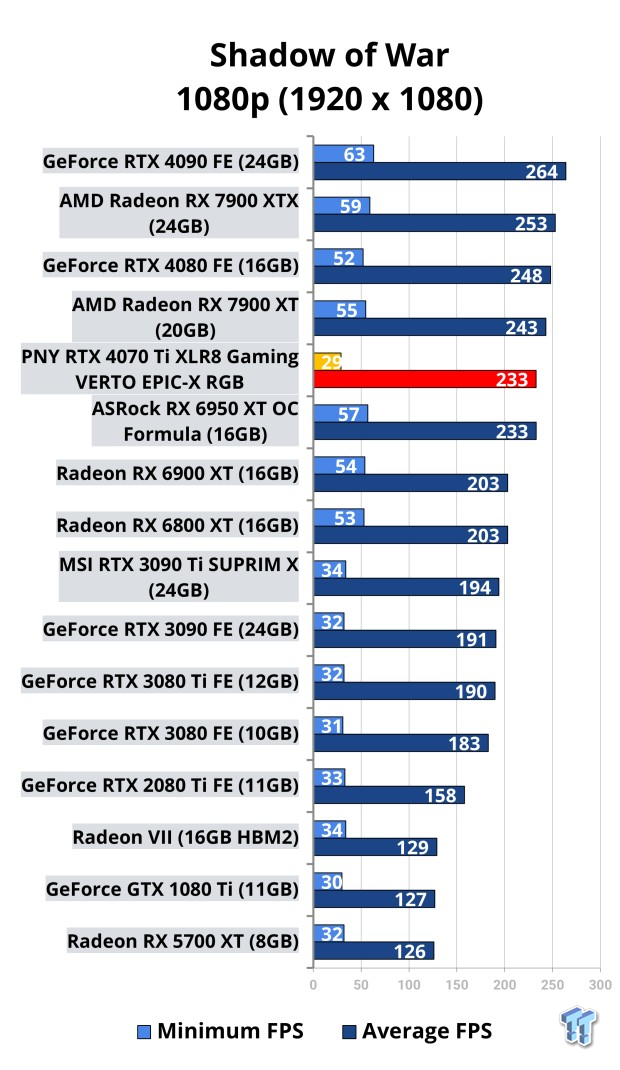
Benchmarks - 1440p
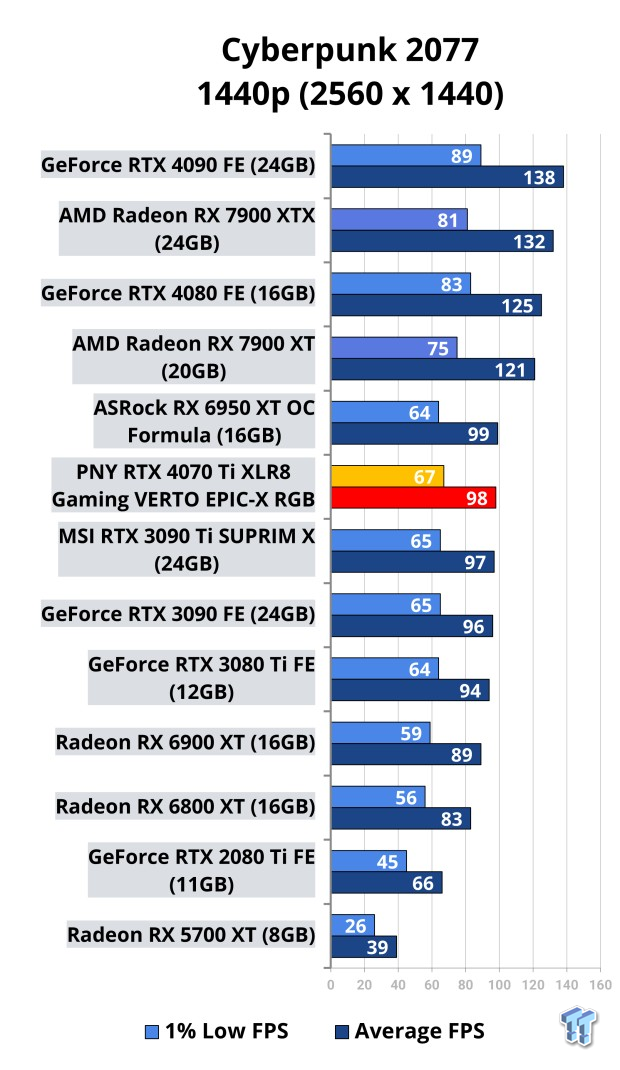
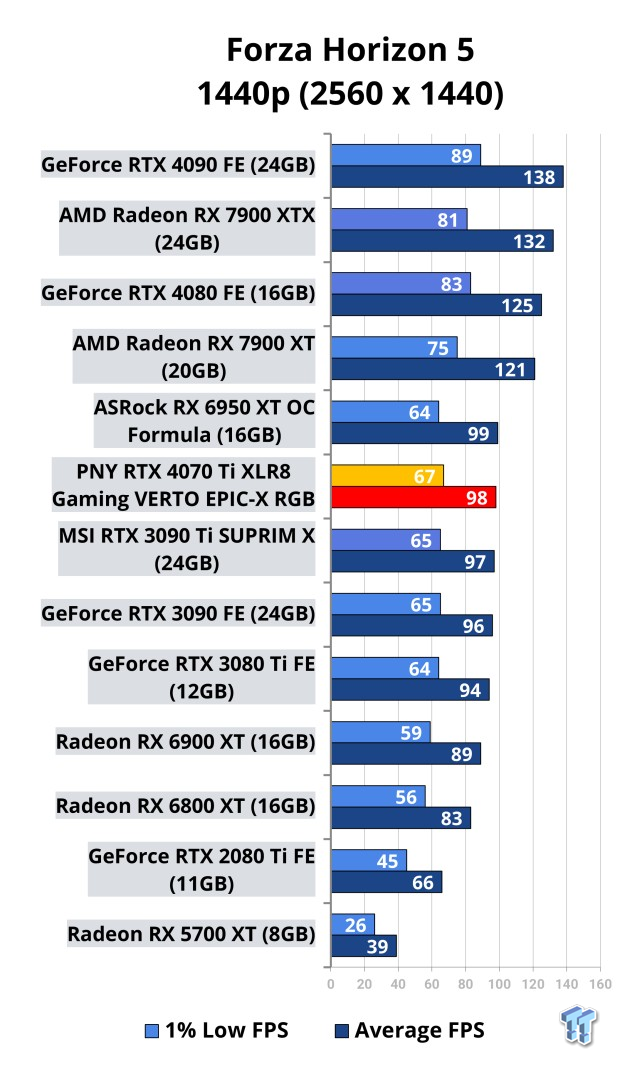
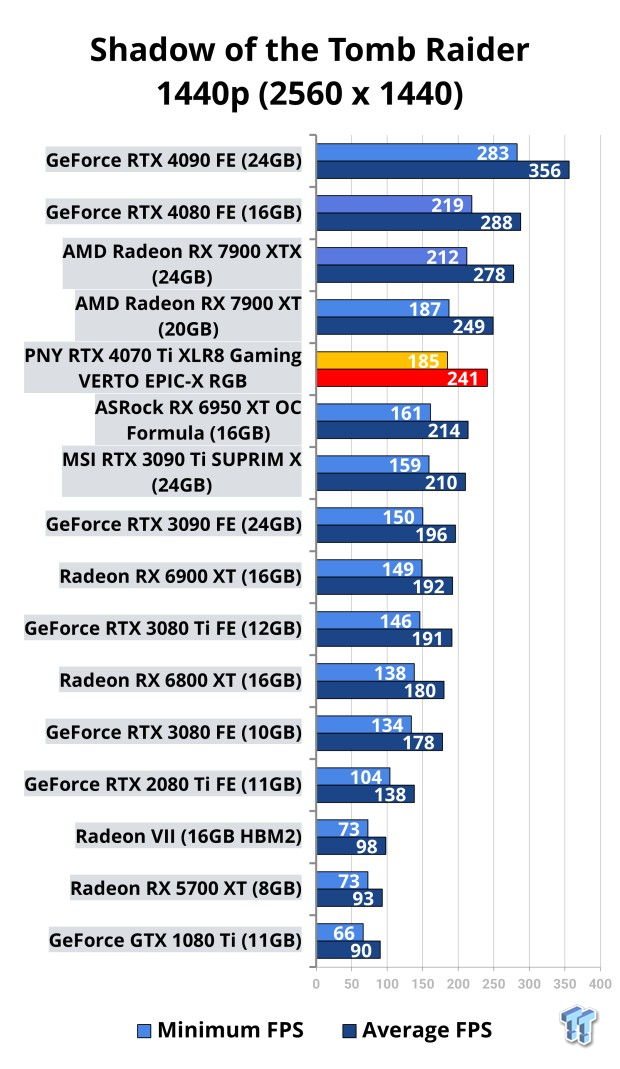
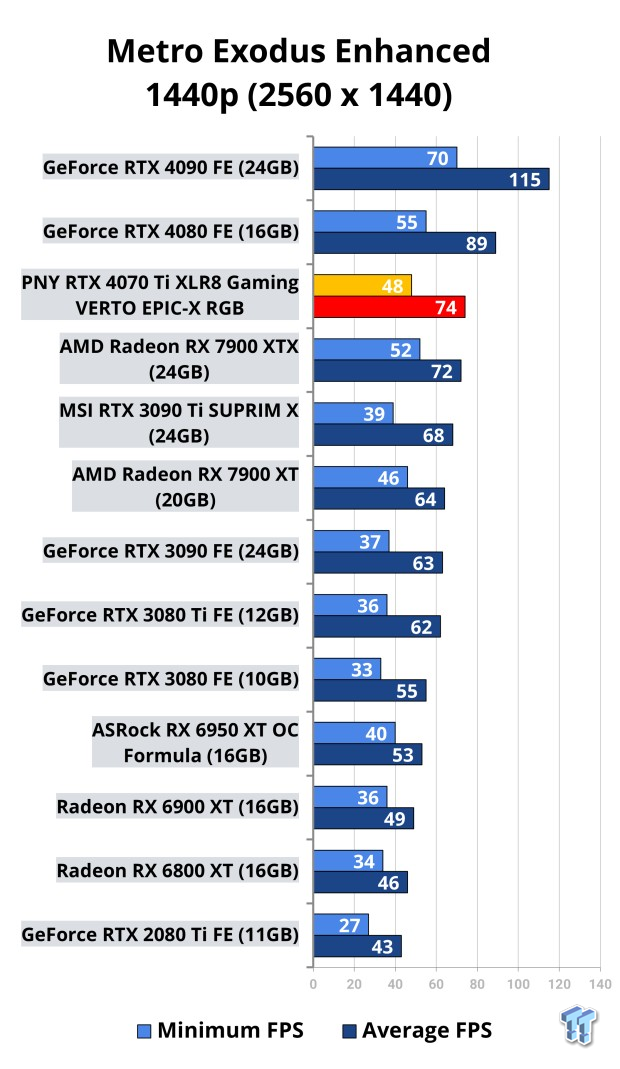

Benchmarks - 4K
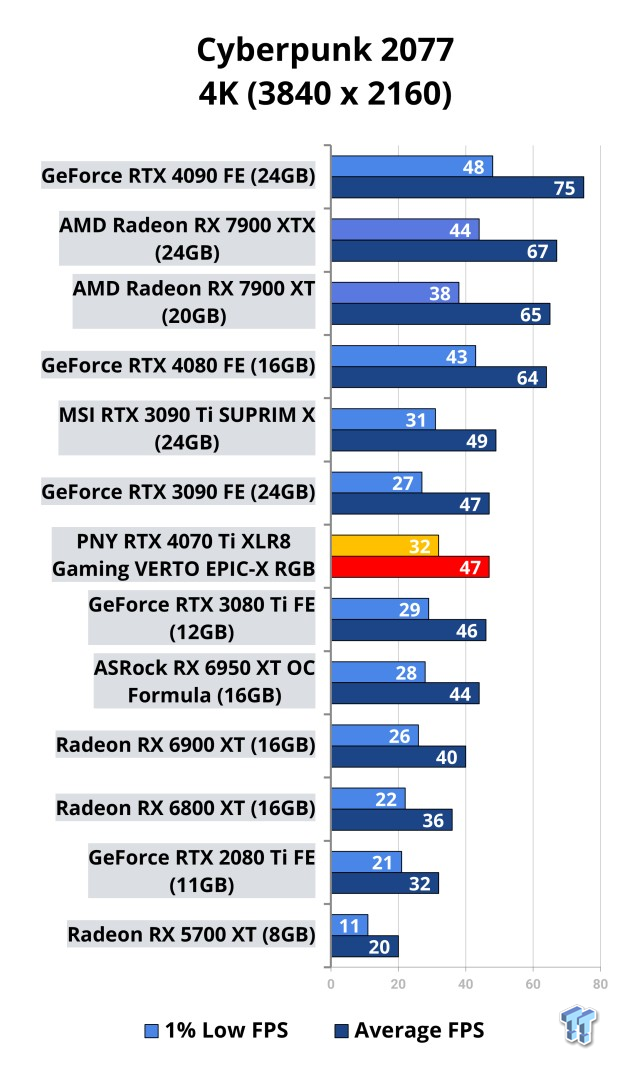
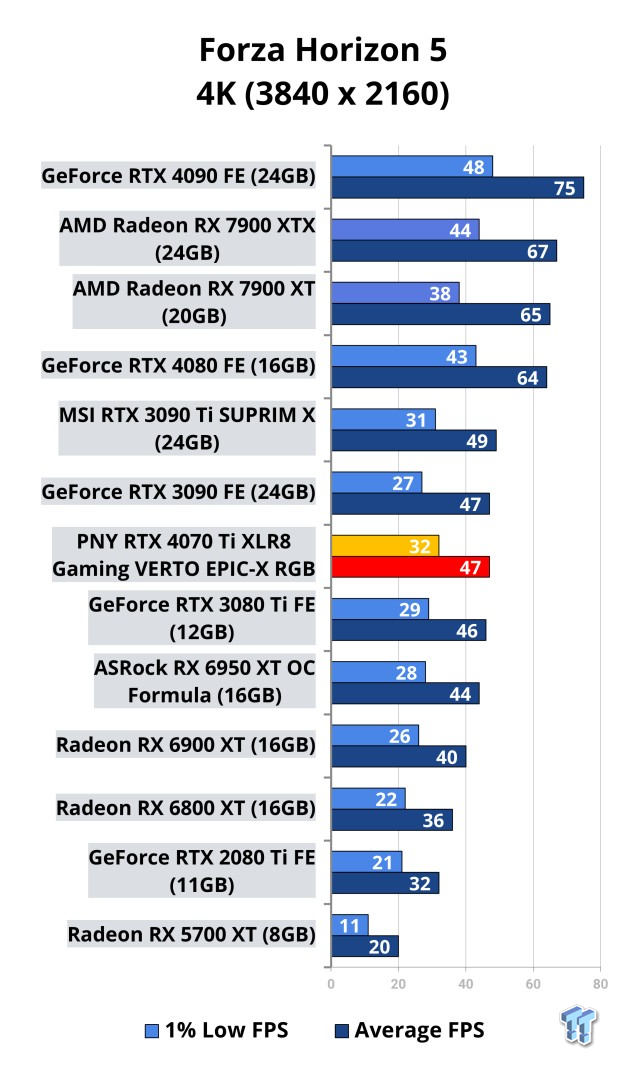
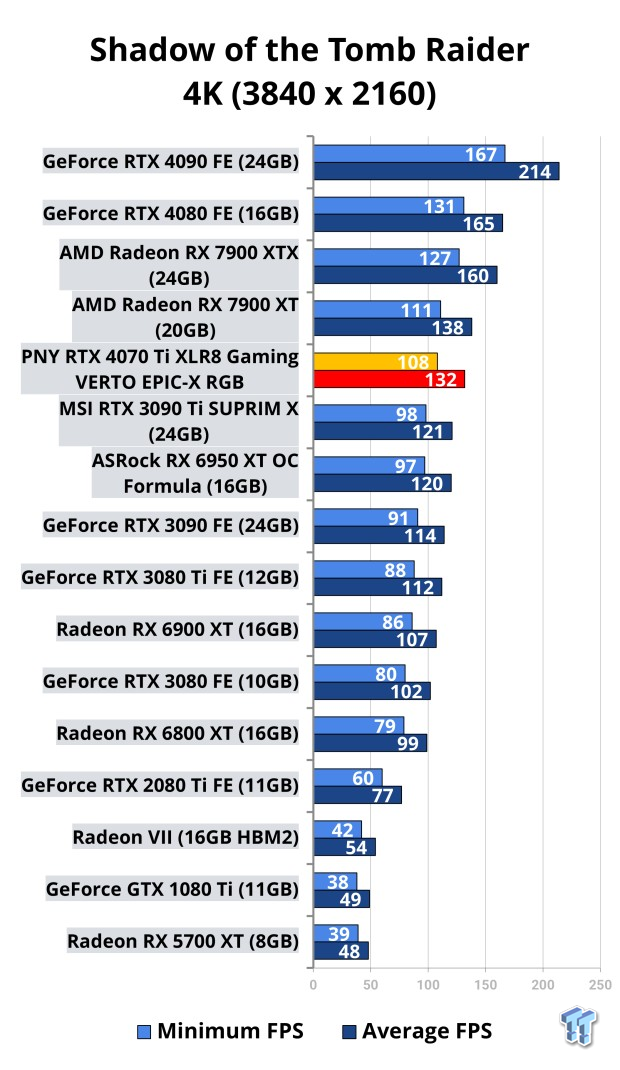
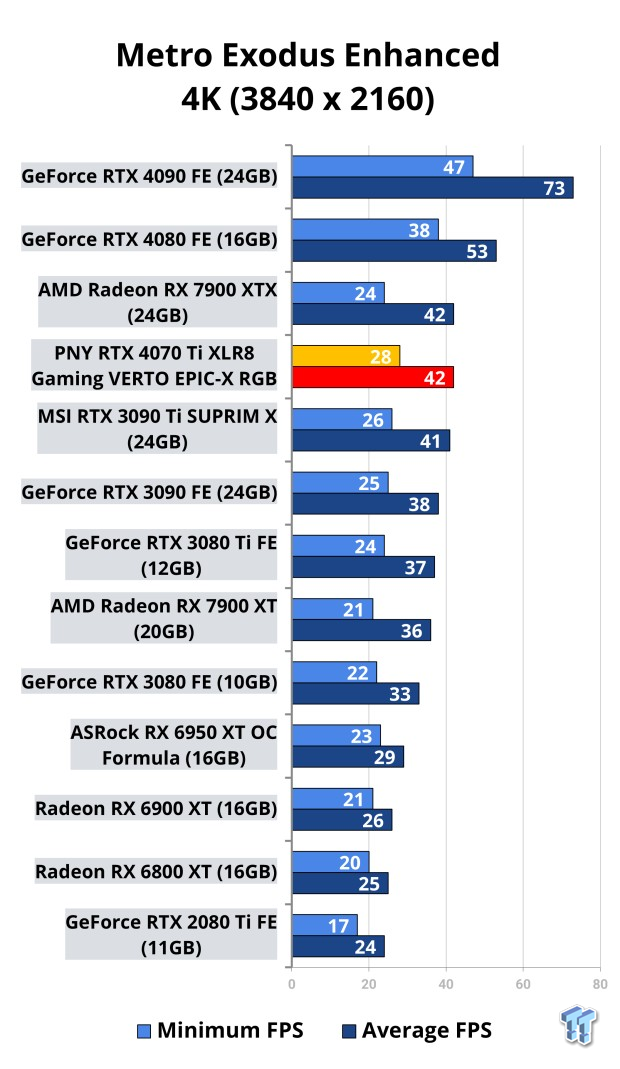
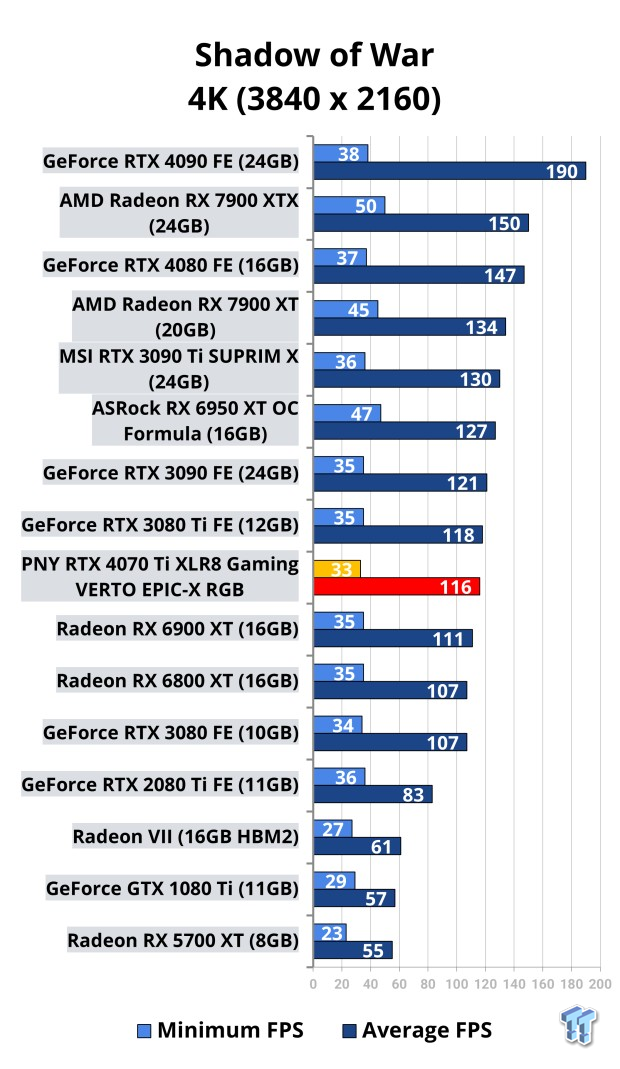
Temps & Power Consumption
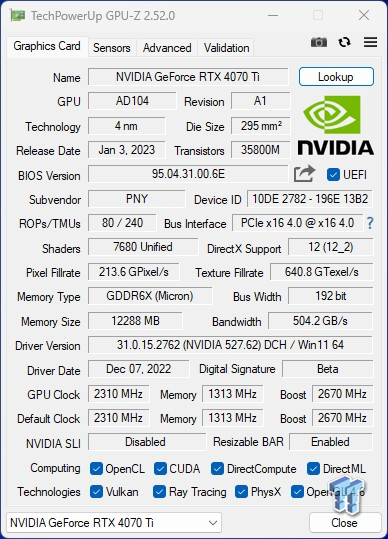
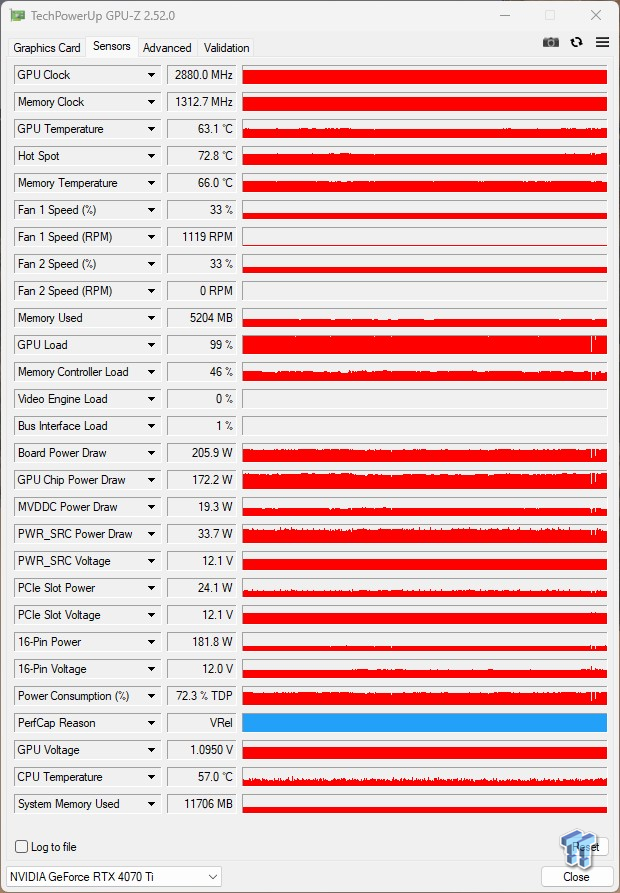
PNY's custom GeForce RTX 4070 Ti XLR8 Gaming VERTO EPIC-X RGB isn't the coolest RTX 4070 Ti on the market, but the AD104 GPU runs at a cool 63C (only 4-5C more than other RTX 4070 Ti cards) and GPU hotspot temperatures 73C. Power consumption is within range, with 200-210W of power consumption.
What's Hot, What's Not
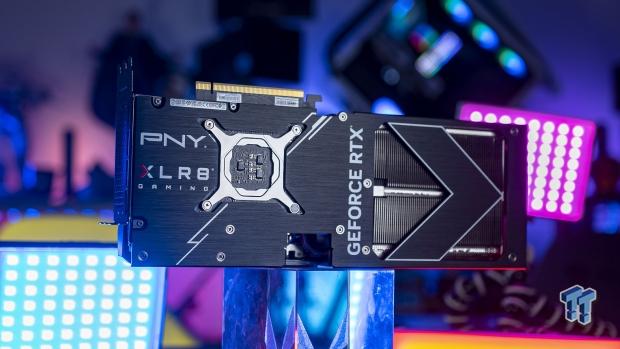
What's Hot
- Plainer-looking card, but still looks good: PNY doesn't have the most premium-looking custom GeForce RTX 4070 Ti graphics card, but it's not boring to look at. The design of the PNY GeForce RTX 4070 Ti XLR8 Gaming VERTO EPIC-X RGB will look great in any gaming PC, so get the RGB model (but if you don't, there are non-RGB models if that's what you dig).
- $829 pricing: The custom PNY GeForce RTX 4070 Ti XLR8 Gaming VERTO EPIC-X RGB commands only a $30 premium over the $799 MSRP on the GeForce RTX 4070 Ti, yet offers some of the best out-of-the-box performance of most of the RTX 4070 Ti cards on the market. Nice work, PNY.
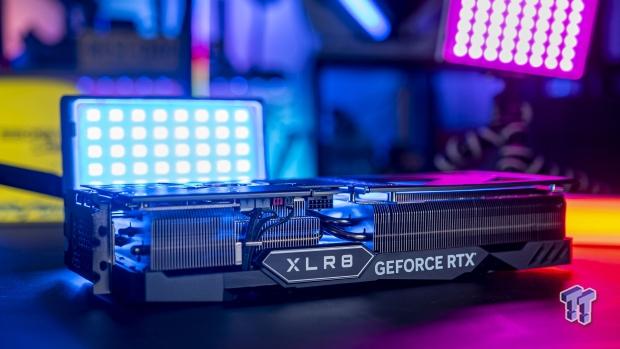
- One of the most powerful RTX 4070 Ti cards so far: Surprising, to say the least... especially with a price of $829.
- RGB lighting: The RGB lighting on this card is used to great effect, making the not-so-frills model really stand out for the price.
What's Not
- Power limit locked, no manual OC: You'd be able to get even more performance if the power limit wasn't locked, but that's why you're getting one of the best-performing RTX 4070 Ti cards out. It would be nice for the "OC" model to have manual overclocking, but you can't complain with the out-of-the-box performance.
- No DisplayPort 2.1 connectivity: This isn't an issue of COLORFUL, but rather NVIDIA for not including the latest DisplayPort 2.1 connectivity on their GeForce RTX 40 "Ada Lovelace" GPU architecture. Sigh. Sigh, sigh, SIGH.
Final Thoughts
PNY has done an incredible job with the new GeForce RTX 4070 Ti XLR8 Gaming VERTO EPIC-X RGB, our first PNY graphics card review... ever. It's a very refreshing card, without all of the design differences between the cards for PNY to worry about, but it stands out on its own two feet without a problem.
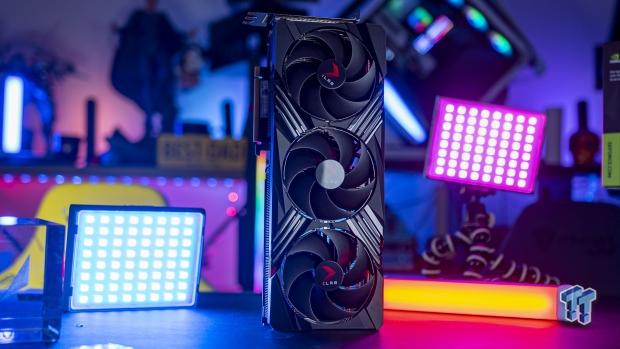
The out-of-the-box performance that PNY provides is wicked, delivered to you right out of the box but with no manual overclocking, there's no run for OC. We're only talking about a few frames per second when you're overclocking, and no one is going be buying the GeForce RTX 4070 Ti to break world records... that's left to the GeForce RTX 4090, which costs considerably more.
Just like I've said in each of my GeForce RTX 4070 Ti graphics card reviews, if you're using a higher-end 1080p or 1440p gaming monitor with a refresh rate exceeding 120Hz, then the RTX 4070 Ti with its 12GB of GDDR6X memory is a perfect upgrade. Even for ultrawide gaming monitor owners rolling out with a native 3440x1440 will be able to enjoy the RTX 4070 Ti, without the 12GB of GDDR6X memory being a bottleneck.
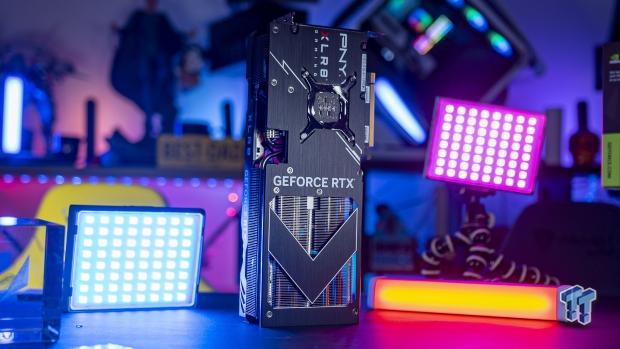
If you don't have the room for a near-or-thicker-than a dual-slot GeForce RTX 4070 Ti, another win for PNY is that their custom RTX 4070 Ti XLR8 Gaming VERTO EPIC-X RGB is only a tad over a dual-slot design. This means it'll fit into more systems, and with its single 16-pin "12VHPWR" to dual 8-pin PCIe power connectors and using ~205W of power, you're not going to need a PSU upgrade, either.
PNY, for the first graphics card we've reviewed from your company, it's an impressive start! Now I need to check out the GeForce RTX 4080 and GeForce RTX 4090 offerings!

